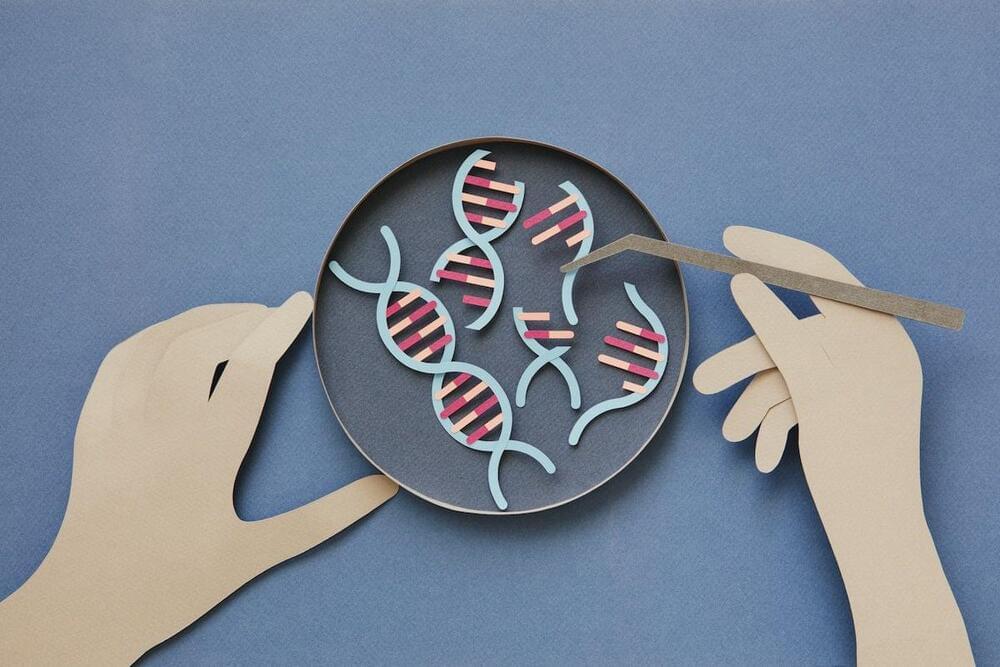Oct 30, 2024
Large-scale programmable logic array achieves complex computations
Posted by Cecile G. Tamura in categories: computing, innovation
Researchers have developed a cutting-edge optical computing system that represents a major leap in the field of optical logic.
Traditionally, optical logic computing—using light to perform logical operations—has faced challenges when trying to handle more than four inputs due to limitations in…
Researchers have long sought to harness the power of light for computing, aiming to achieve higher speeds and lower energy consumption compared to traditional electronic systems. Optical computing, which uses light instead of electricity to perform calculations, promises significant advantages, including high parallelism and efficiency. However, implementing complex logic operations optically has been a challenge, limiting the practical applications of optical computing.
Continue reading “Large-scale programmable logic array achieves complex computations” »


















